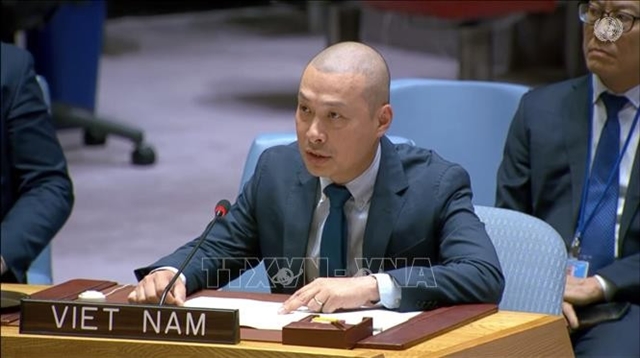

Well, another US Open has concluded and, once again, there was enough controversy to make even the most jaded viewer happy.
 |
by Robert Bicknell
Well, another US Open has concluded and, once again, there was enough controversy to make even the most jaded viewer happy.
In this case, it was only the afternoon of the third round which caused the players to scream, unlike other US Opens where the screaming starts on the first day and builds to a crescendo by the end of the fourth day.
In addition, it also included some comic relief from Phil Mickelson who created a firestorm by intentionally hitting his ball while it was still moving, specifically, rolling at high speed past the hole and heading off the 13th green in the third round.
His excuse was that he didn’t want to walk all the way down to the middle of the fairway again, so he decided to take the two-stroke penalty (Rule 14-5: Hitting a moving ball) instead.
The problem with this is it also violated Rule 1-2 which states: “A player must not (i) take an action with the intent to influence the movement of a ball in play …” The penalty is, in Match play - Loss of hole; Stroke play - Two strokes.
However, Rule 1-2 also has an addendum which states “In the case of a serious breach of Rule 1-2, the Committee may impose a penalty of disqualification.”
It’s this particular clause that has everyone so riled up and screaming that Mickelson be disqualified. Instead, the USGA simply slapped him with the two-stroke penalty and the golfing world went nuts.
Personally, I think they got it right. What Mickelson did was wrong, no question. But I wouldn’t classify it as a “serious breach”.
Look, if Mickelson deflected the ball straight into the hole, like many amateurs do when playing with their friends, then YES, it would have been serious. But, instead, he simply batted it back up the hill in the direction of the hole.
Secondly, I don’t think he was trying to cheat. I think he simply didn’t give a damn any longer. The greens and pin positions were borderline ridiculous in the third round. It was his birthday and he had zero chance of being in contention, so his action didn’t impact the field much, if at all.
If anything, his action was an exclamation point, a protest of sorts. Nothing worth a DQ.
What I don’t understand is, if he was willing to incur a penalty, why he didn’t invoke Rule 28 and declare his ball unplayable when it stopped rolling? Then he could have returned to where he putted from and give it another go. No need to hit a moving ball intentionally.
Rule 28-1 states: “The player may deem his ball unplayable at any place on the course, except when the ball is in a water hazard. The player is the sole judge as to whether his ball is unplayable.”
He could select option “a“ then proceed under the stroke and distance provision of Rule 27-1 by playing a ball as nearly as possible at the spot from which the original ball was last played (Rule 20-5).
No need for all the dramatics, unless, as I thought, he was trying to prove a point, or just didn’t give a damn.
Funny enough, after all the screaming about not being DQ’d, Mickelson did offer to withdraw from the event, but the USGA said no need. I guess they were taking a page from The Masters handbook when Tiger Woods wasn’t DQ’d in 2013 when he took an improper drop.
Anyway, despite all the ridiculousness, the best players showed it as the final round was a horse race with Brooks Koepka holding on for the back to back win. It was some excellent golf.
Our cousins “across the pond” must be shaking their heads in wonder at it all because the R&A set up the Open Championship in a slightly different way…
They select a proven course that is challenging yet fair, cut the grass and stick flags into the green. That’s it. They have no need to trick up the course, shave greens or do anything ridiculous like the USGA does.
Mother Nature will provide the drama. The R&A doesn’t need to do anything except hope that the weather is as miserable as expected.
Now, get the popcorn ready and let’s see… VNS




